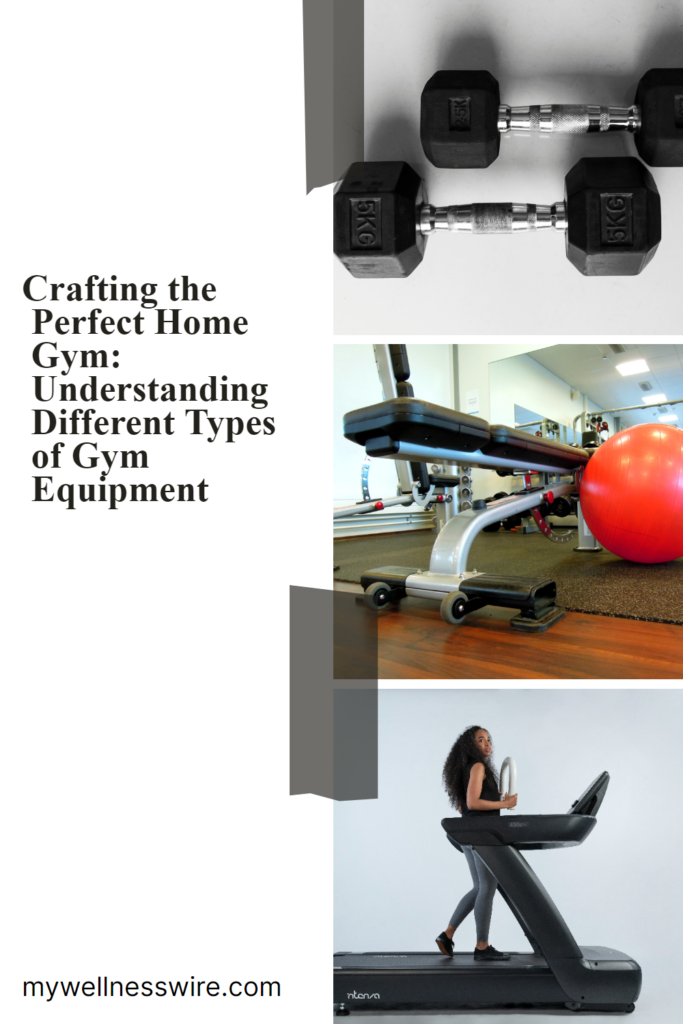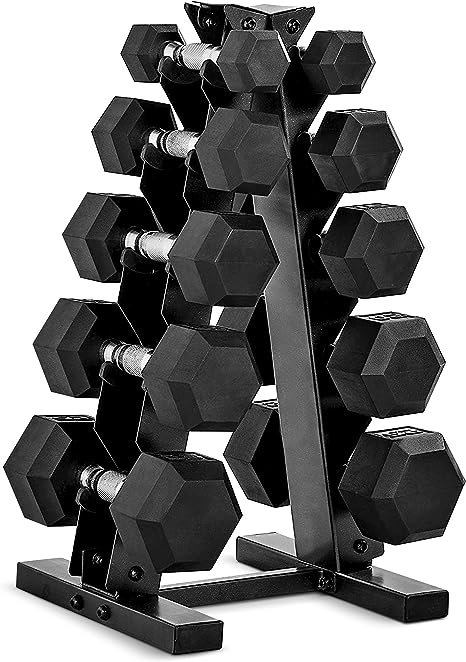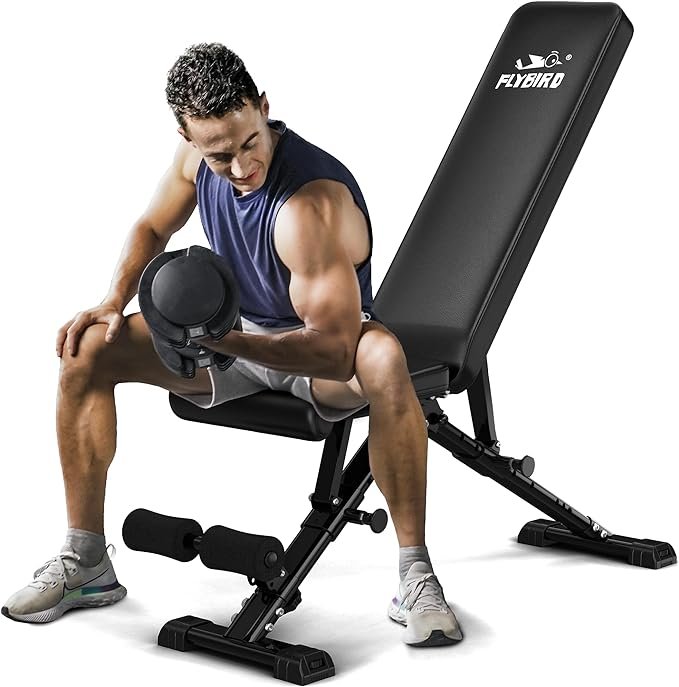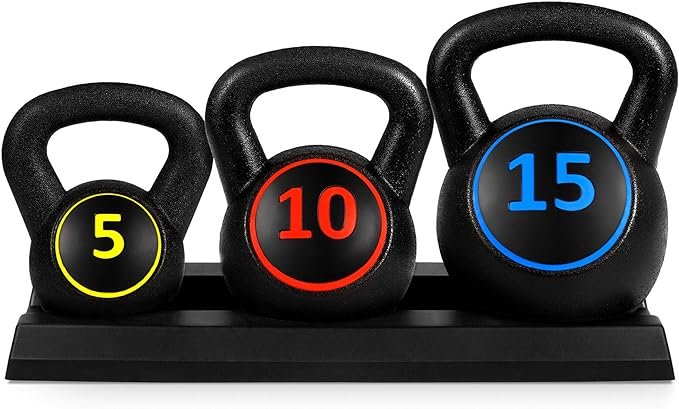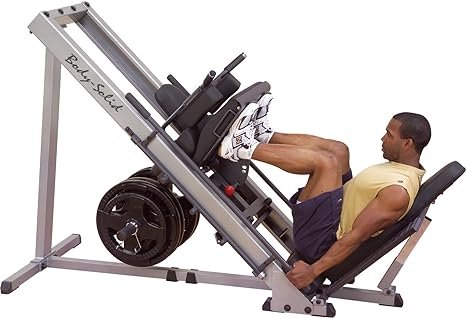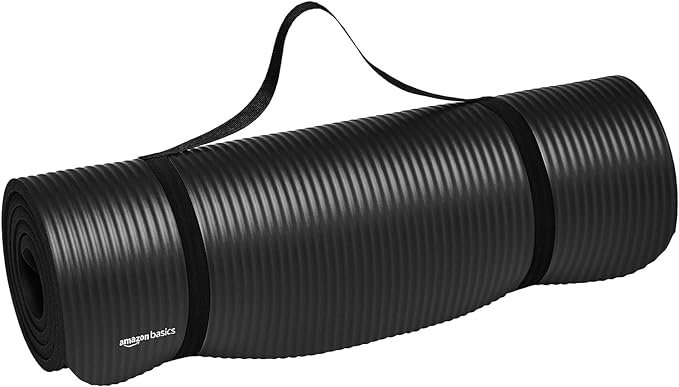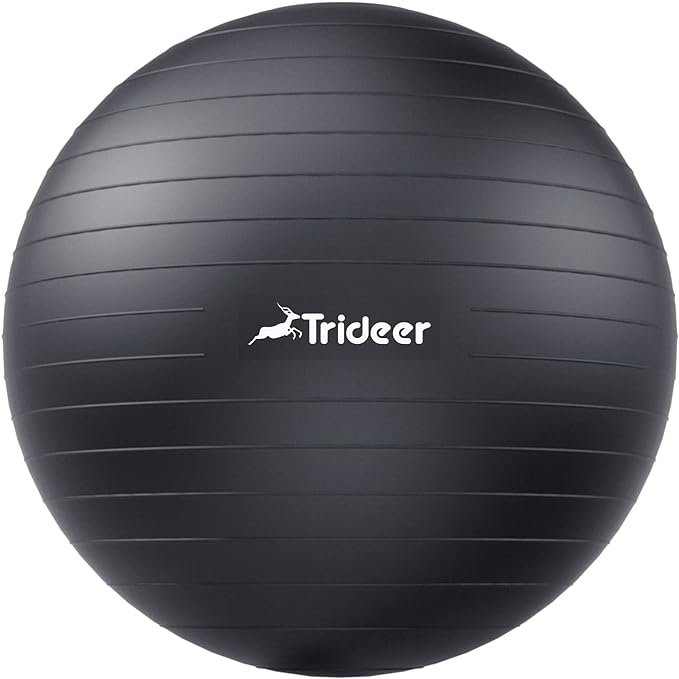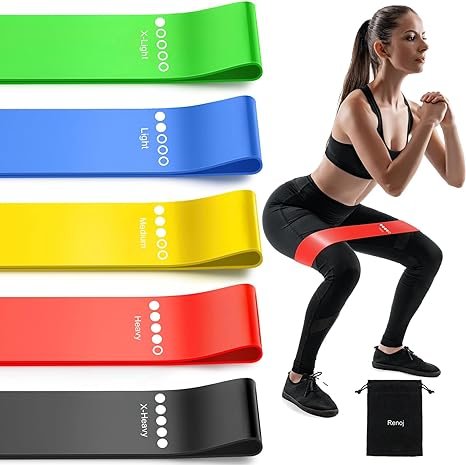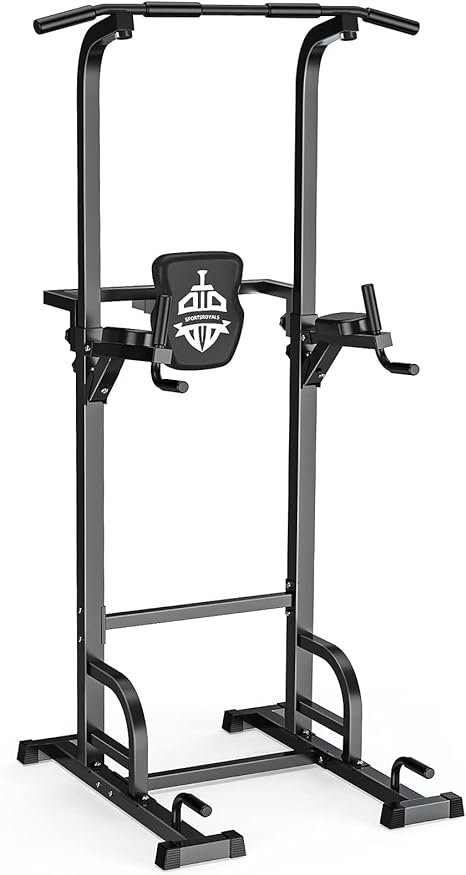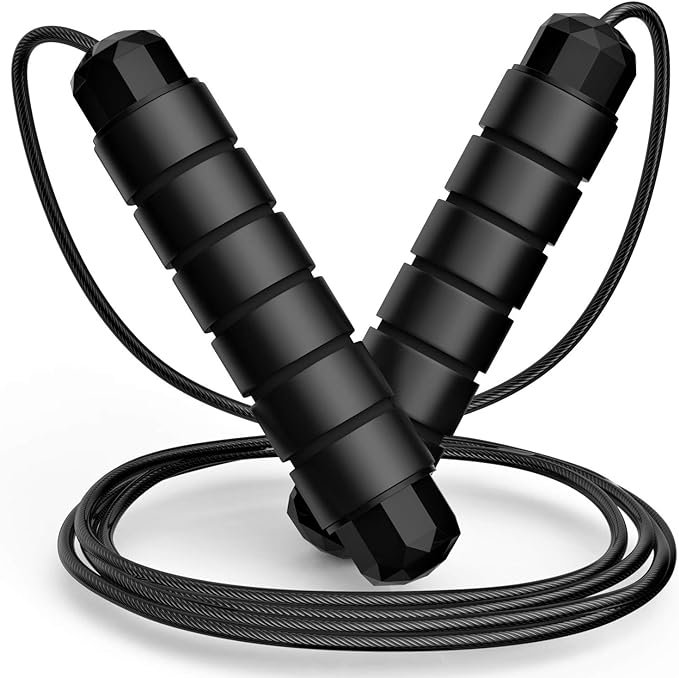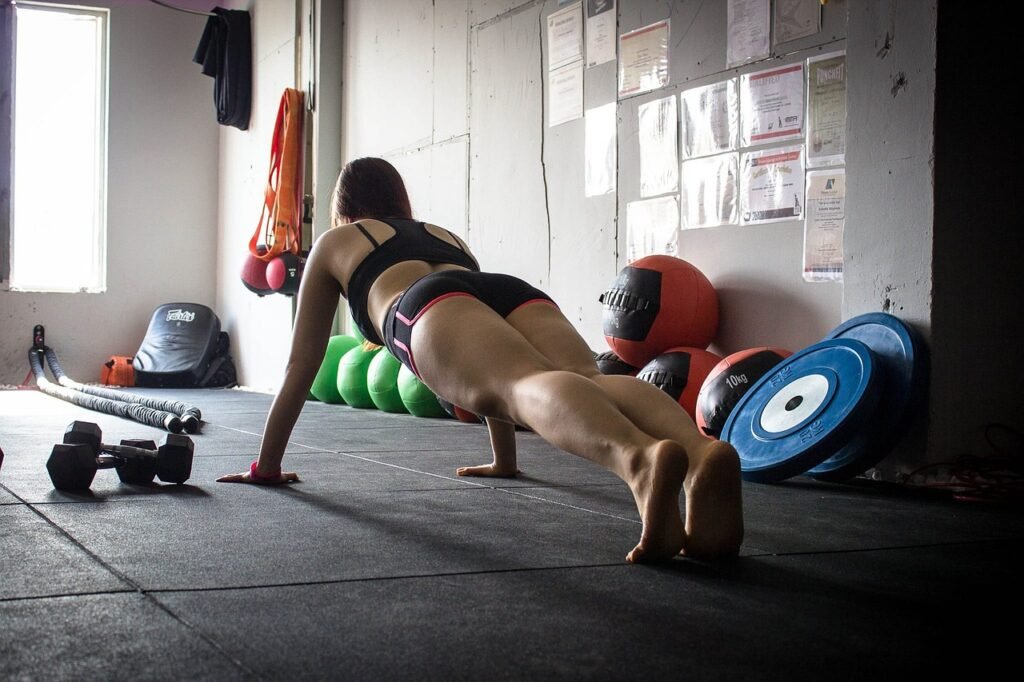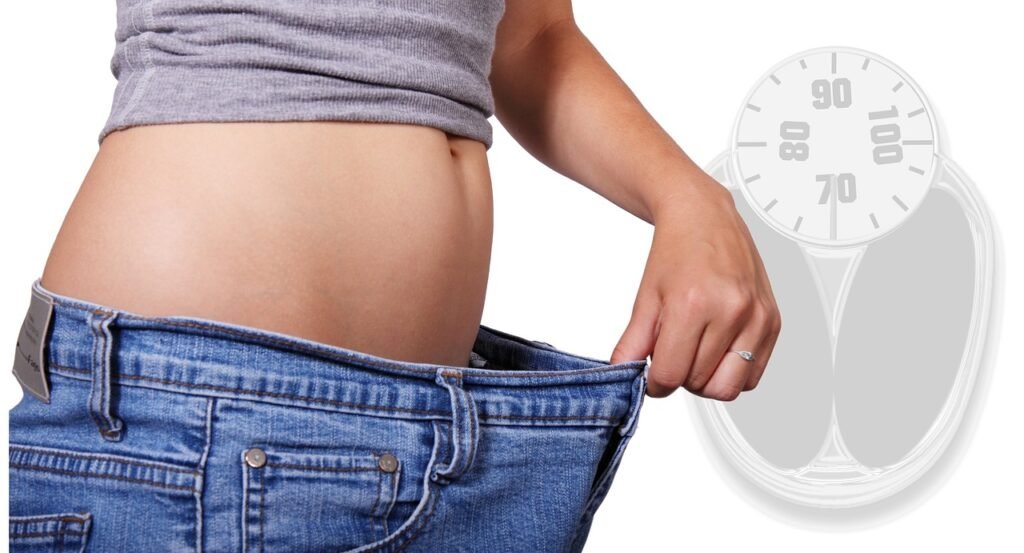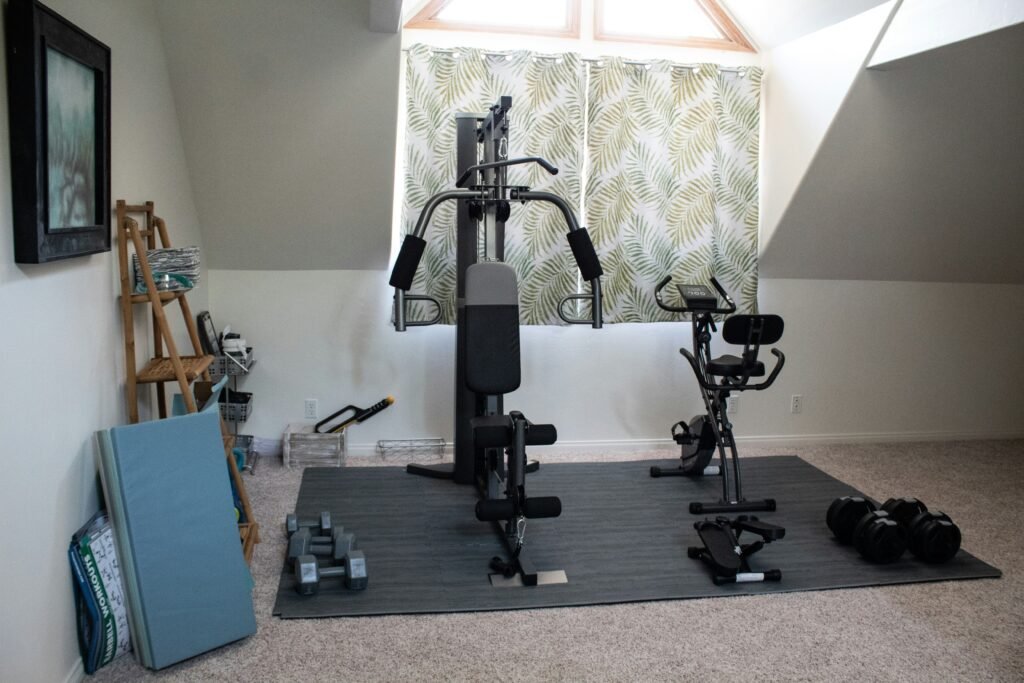
- Intro
- The Foundation – Starting with Cardio Machines
- Building Strength with Free Weights
- Enhancing Your Workout with Weight Machines
- Maximizing Flexibility and Balance with Yoga and Pilates Equipment
- Accessorizing Your Home Gym for a Full-Body Workout
- Planning Your Space: Layout and Safety Considerations
- Building Your Home Gym on a Budget
- Staying Motivated: Tips for Home Gym Success
Intro
Crafting the perfect home gym is an endeavor that requires careful consideration, especially when it comes to selecting the right types of gym equipment.
A well-equipped home gym not only saves you the time and hassle of going to a commercial gym but also allows you to tailor your workouts to your specific fitness goals.
Whether you’re looking to build muscle, lose weight, improve your cardiovascular health, or simply stay active, understanding the different types of gym equipment is essential.
In this comprehensive guide, we’ll walk you through various categories of gym equipment, helping you to create an at-home gym that suits your needs and preferences.
The Foundation – Starting with Cardio Machines
Cardio machines form an integral part of any well-rounded fitness routine, laying the groundwork for improved heart health and endurance.
For those setting up an at-home gym, there’s a diverse array of equipment to choose from, each catering to different preferences and fitness levels.
Treadmills are a staple, ideal for both casual walkers and serious runners, allowing you to simulate various terrains and conditions with adjustable inclines and speeds.
For a less impactful alternative, stationary bikes come in two main styles: upright, mimicking the posture of a traditional bicycle, and recumbent, which offers additional back support and a more relaxed seating position.
Elliptical machines are another excellent option, delivering a comprehensive upper and lower body workout with minimal joint strain.
Meanwhile, rowing machines are somewhat less common but equally effective, engaging both the cardiovascular system and major muscle groups across the body.
Each of these machines provides a different set of benefits and challenges, enabling individuals to customize their cardio workouts to their specific goals and needs. Choosing the right mix of cardio equipment can transform your at-home gym into a versatile space for achieving a broad spectrum of fitness objectives.
Building Strength with Free Weights
At the core of any strength-building regimen, free weights are fundamental tools for enhancing muscular strength, augmenting muscle size, and improving overall bone health.
This diverse category encompasses equipment like dumbbells, barbells, kettlebells, and medicine balls, each serving unique roles in a strength training routine.
Dumbbells, known for their versatility, can be employed in a multitude of exercises that target various muscle groups, allowing for a customized and comprehensive workout.
Barbells, on the other hand, are particularly suited for executing heavier lifts and compound exercises such as squats, deadlifts, and bench presses, which work multiple muscle groups simultaneously for efficient strength building.
Kettlebells stand out due to their distinctive design, offering a dynamic range of motion that is ideal for explosive, full-body movements that not only increase muscular strength but also boost cardiovascular endurance.
Lastly, medicine balls provide a dynamic means to enhance power, agility, and coordination through a variety of throwing and rotational exercises.
Together, these free weights form a synergistic collection that can effectively cater to a broad spectrum of strength-training objectives. Integrating these tools into your at-home gym setup enables you to craft a versatile and challenging workout environment focused on building a stronger, more resilient body.
Enhancing Your Workout with Weight Machines
Incorporating weight machines into your at-home gym elevates the precision and variety of your strength training regimen.
These devices are engineered to target individual muscle groups with high accuracy, offering a structured approach to strength exercises.
Among the popular selections, leg press machines enable focused strengthening of the lower body, including quadriceps, hamstrings, and calves, through guided movement patterns.
Chest press machines concentrate on the pectoral muscles, promoting upper body strength with stabilized push movements that are harder to replicate with free weights alone.
The lat pull-down machine is indispensable for back and shoulder development, providing a controlled path to engage these large muscle groups effectively.
Cable machines stand out for their versatility, allowing for a wide range of exercises that can mimic functional movement patterns and enhance muscle coordination.
These machines assist in maintaining correct posture and form during exercises, reducing the likelihood of injury—a key consideration for beginners and those rehabilitating injuries.
Incorporating weight machines into your workout routine complements free weight exercises by isolating specific muscles for targeted development, offering a balanced approach to building strength and muscle tone.
This strategic inclusion of weight machines in your home gym setup ensures a comprehensive strength training experience that supports both the novice and the experienced athlete in achieving their fitness aspirations.
Maximizing Flexibility and Balance with Yoga and Pilates Equipment
To elevate the elements of flexibility and balance within your fitness regimen, incorporating specific equipment designed for Yoga and Pilates is a game-changer.
These tools not only enhance your ability to perform various exercises but also significantly contribute to a well-rounded physical wellness routine.
A high-quality yoga mat is indispensable, offering the cushion and stability needed for a wide array of yoga poses, from basic to advanced.
This simple yet crucial piece ensures comfort and safety, allowing practitioners to focus on their form and breathing without slipping.
Stability balls introduce an element of dynamic balance training, challenging your core and stabilizer muscles during both Yoga and Pilates exercises. Engaging with these exercises fosters not just muscle strength but also improves postural alignment and flexibility.
For a deeper dive into Pilates, the Pilates reformer emerges as a versatile piece of equipment, enabling a comprehensive range of motion exercises that target the core, improve flexibility, and boost balance.
This apparatus, with its springs, straps, and carriage system, allows for precise, low-impact movements that can be adjusted to various resistance levels to suit beginners and advanced users alike.
The inclusion of these tools in your home gym not only propels your flexibility and balance capabilities but also enriches your overall workout experience, paving the way for a healthier, more agile body. Integrating Yoga and Pilates equipment effectively complements the cardio and strength-training components of your fitness journey, ensuring a holistic approach to health and well-being.
Accessorizing Your Home Gym for a Full-Body Workout
Enhancing your home gym with the right accessories can significantly boost the diversity and effectiveness of your workouts, catering to all fitness aspects.
Consider incorporating resistance bands into your routine; their flexibility allows for a wide range of strength, flexibility, and rehabilitation exercises.
These bands are particularly useful for adding resistance to bodyweight exercises, making them harder and more effective.
A jump rope can inject a fun and challenging cardio element into your fitness regimen, helping to improve your heart health, stamina, and coordination.
For those aiming to build upper body strength, a pull-up bar is an invaluable addition. It can be used for a variety of exercises beyond pull-ups, including hanging leg raises for core strengthening.
Similarly, push-up stands can elevate your push-up game by increasing the range of motion and targeting your muscles more effectively. These stands also help in reducing wrist strain, allowing for longer, more comfortable workout sessions.
By thoughtfully selecting accessories that complement your primary gym equipment, you can ensure a well-rounded approach to fitness that addresses strength, cardiovascular health, flexibility, and balance, all within the convenience of your home.
Adding these tools to your home gym not only maximizes the variety of your workouts but also keeps you engaged and challenged, promoting long-term fitness commitment and success.
Planning Your Space: Layout and Safety Considerations
When embarking on the journey to design your at-home gym, spatial planning and safety emerge as critical components.
An optimal layout not only ensures a comfortable workout environment but also significantly reduces the risk of accidents and injuries.
Begin by allocating sufficient space for each piece of equipment, keeping in mind that some exercises require a broader range of motion than others. This space consideration is especially important for dynamic exercises or when using items like kettlebells and barbells, which might necessitate additional clearance.
A well-thought-out gym layout also includes zones dedicated to different types of workouts – a corner for yoga and Pilates, another for cardio machines, and a separate area for strength training with free weights and machines.
This zoning helps in creating a structured workout flow and maximizes the efficiency of your routines.
Safety should always be at the forefront of your gym design. Install durable, non-slip flooring to cushion impacts and prevent slips, a factor that’s crucial during high-intensity exercises or when handling heavy weights.
Good lighting is another aspect often overlooked; it not only creates an inviting workout atmosphere but also enhances visibility, helping to avoid missteps and injuries.
Mirrors are an invaluable addition, offering immediate visual feedback on your form and technique, which is vital for executing exercises correctly and safely.
They also help in making the space appear larger, contributing to an open, airy feel.
Remember, a well-planned gym is not just about the equipment; it’s about creating a safe, functional, and motivating environment that supports your fitness journey at every step.
Building Your Home Gym on a Budget
Creating an affordable at-home gym is more attainable than you might think, and it begins by identifying your workout priorities.
Focus initially on acquiring basic, versatile equipment such as dumbbells, a yoga mat, and resistance bands.
These items offer a wide range of exercise options without occupying much space or requiring a significant financial outlay.
To maximize your budget further, explore the market for gently used gym equipment. Many online platforms and local classifieds frequently list high-quality items at a substantial discount, as people upgrade or clear out their home gyms.
Opting for multi-use gym equipment is another savvy strategy to stretch your dollars. Items like adjustable dumbbells, which combine several weights in one, or a bench that can adjust for different types of exercises, provide excellent value by serving multiple workout purposes.
This approach not only conserves your budget but also keeps your home gym uncluttered. If you’re creative and resourceful, even everyday household items can be repurposed into effective workout tools, from using stairs for cardio to filling water bottles for makeshift weights.
As your fitness journey progresses, you can slowly expand your collection, prioritizing equipment based on evolving goals and preferences. This gradual buildup ensures that your investment aligns with your commitment to staying active, allowing for a sensible and sustainable expansion of your home fitness space.
Staying Motivated: Tips for Home Gym Success
Maintaining enthusiasm for workouts within the confines of your home can often seem daunting.
However, by setting achievable and clear fitness goals, you can create a tangible roadmap to success.
Regularly monitoring your progress not only provides a sense of accomplishment but also helps in refining your goals to match your evolving fitness levels.
Establishing a consistent workout routine is crucial; treat your exercise sessions with the same commitment as a meeting or appointment to ensure they become a non-negotiable part of your day.
Diversifying your exercise regimen is key to avoiding monotony.
Experiment with different types of workouts to challenge various muscle groups and keep your interest peaked. This can include alternating between cardio, strength, and flexibility training sessions throughout the week.
Leverage technology by exploring online fitness classes, apps, or YouTube tutorials that offer guided workouts. These resources can introduce new techniques and routines that keep your training sessions fresh and engaging.
Creating an inviting and personalized workout space can significantly enhance your motivation. Decorate your gym area with elements that inspire you, whether it’s inspirational quotes, posters of your fitness idols, or simply painting the walls in energizing colors.
Good lighting and a quality sound system can transform your workout sessions, making them more enjoyable and something to look forward to.
By adopting these strategies, you can ensure that your home gym remains a place of inspiration and progress, helping you to stay committed to your fitness journey over the long term.
Pin this post to read later
